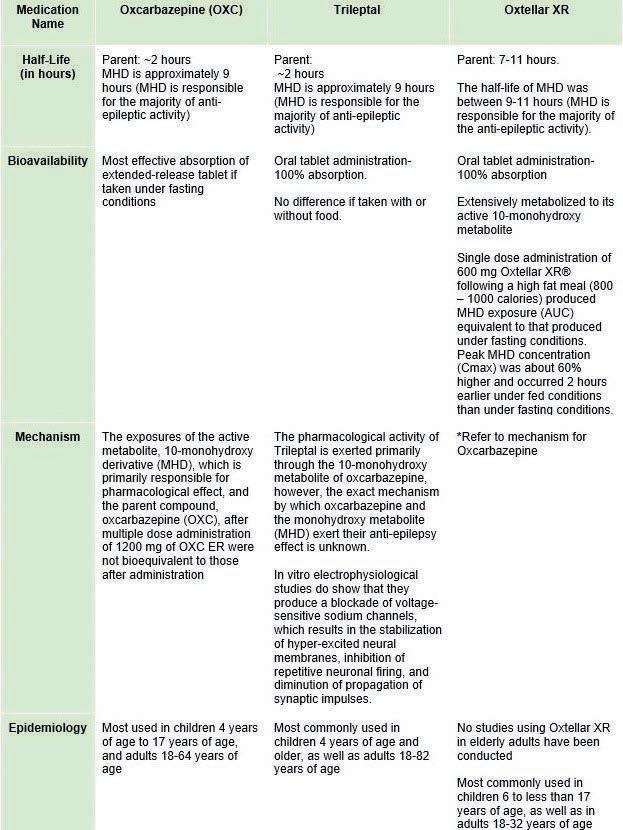Scholarly Research In Progress • Vol. 5, November 2021
Electroconvulsive Therapy Uses and Its Ability to Induce Neurogenesis: A Literature Review Kylar J. Harvey1*, Gwyneth J. Harris1*, Alexander I. Greenstone1*, Catherine L. Falzone1*, and Sami R. Hasan1* ¹Geisinger Commonwealth School of Medicine, Scranton, PA 18509 *Master of Biomedical Sciences Program Correspondence: shasan@som.geisinger.edu
Abstract Electroconvulsive therapy (ECT) has been used historically to treat depression, seizures, and many other psychiatric symptoms. With the investigation of the mechanisms of action of ECT, physiological changes were noted in patients treated with ECT where neurogenesis was consistently linked to reductions in symptoms of many psychiatric illnesses. Neurogenesis is a prolific area of clinical neuroscience research with a wealth of current research and possibilities for future research. Also linked to the therapeutic benefits of ECT are neuronal activation and endothelial proliferation in the midhypothalamic nuclei. The hypothalamus is a key regulator of endocrine function, so further research investigating the implications of ECT-induced mid-hypothalamic changes on endocrine functions of patients is warranted and may illuminate some potential therapeutic pathways for ECT. In addition, these hypothalamic changes do not represent the sum of all neurological changes following ECT, so interactions between the mid-hypothalamic changes and other neuro-anatomical changes after ECT should be considered to develop a more complete model of ECT’s therapeutic action in treating depression and epilepsy. ECT has promise for diseases of aging as, with aging, drug metabolism is altered, making pharmacotherapeutic intervention less consistent within this population. With an understanding of ECT comes more confident use of the treatment in the clinical setting and could help physicians decide when ECT is appropriate as the first line of treatment.
Introduction The generation of new cells from stem cells is a lifelong process sustained in a multitude of cells. In the case of neurons, they arise from a resident population of progenitors throughout adulthood via neurogenesis, proliferation, and differentiation of adult stem cells (1, 2). Neurogenesis is heavily studied in rodents due to ethical concerns and its conservation in mammals. There are three classes of neural stem cells and progenitor cells in rodent nervous systems: neuroepithelial cells, radial glial cells, and basal progenitors. With each cell type, there is a respective type of division-symmetric, proliferative division; asymmetric, neurogenic division; and symmetric, neurogenic division (3). Symmetric proliferation is defined as producing two daughter cells of the same fate, while asymmetric proliferation generates a single daughter cell that is identical to the mother cell and a second nonidentical cell. Asymmetric divisions, interestingly, may continue to replenish the stem cell pool but lack the ability to regulate adult neurogenesis (4). Neuroepithelial cells are considered true
stem cells due to their ability to differentiate and self-renew, while the radial glial cell and basal progenitors are restricted to a single cell fate and are unable to self-renew (3). The type of division and proliferative or differentiation direction is determined by many factors relating to specific epithelial cell characteristics: the apical-basal polarity and cell cycle length (1, 5). Neural progenitors may be influenced by their microenvironments, mainly through the influence of distal and proximal neurons, making them subject to extrinsic regulation (3). Gamma-aminobutyric acid (GABA) signaling is essential for both early neuron depolarization and mature neuron hyperpolarization; the latter is crucial for initiating proper reception of glutamatergic inputs (6). The subgranular zone (SGZ) progenitors, namely the dentate granule cells, receive excitatory glutamatergic and inhibitory GABAergic signals from the local interneurons while also being influenced by different neurotransmitters from distal brain areas (7). Cell fate determination is influenced by neurotransmitters, specifically GABA, glutamate, and nitric oxide (NO), prior to neurogenesis. Recent observations have indicated that GABA and glutamate also play a role in the control of neurogenesis (6, 8, 9). Neurogenesis can occur in the hippocampus and olfactory bulb of adult mammals, whereas it was previously thought to not take place outside of embryonic and early postnatal periods (1, 10). The process occurs in the SGZ of the dentate gyrus within the hippocampus, where it is relevant for some forms of learning and memory, and the subventricular zone (SVZ) of the lateral ventricles where ependymal cells are suspected of being the resident adult NSCs (5, 10, 11). Just like the rest of the body, neurogenesis is influenced by aging through a loss of homeostasis in stem cells, including telomere shortening, DNA damage, and cell cycle interruptions, to name a few pathways (4, 12). Neurogenesis is heavily influenced by both positive and negative factors, including epigenetic components of hippocampal neurogenesis that also need to be considered (13). Positive factors may include exercise and environmental enrichment (mating, diverse foods) while negative factors may be generalized as acute and chronic stress (14–19). Hippocampal neurogenesis can be enhanced by hormones, growth factors, drugs, physical exercise, and neurotransmitters and suppressed by aging, glucocorticoids, and stimuli that activate the pituitary/adrenal axis (1, 20, 21). While many models convey that neurogenesis may be considered a cellreplacement method, newer models show appreciation for the neuroplasticity that ensues from the continuous addition of new neurons, also emphasizing the structural plasticity contributions that result (21). In this review, we examined the effects between neurogenesis and electroconvulsive therapy (ECT).
201












































